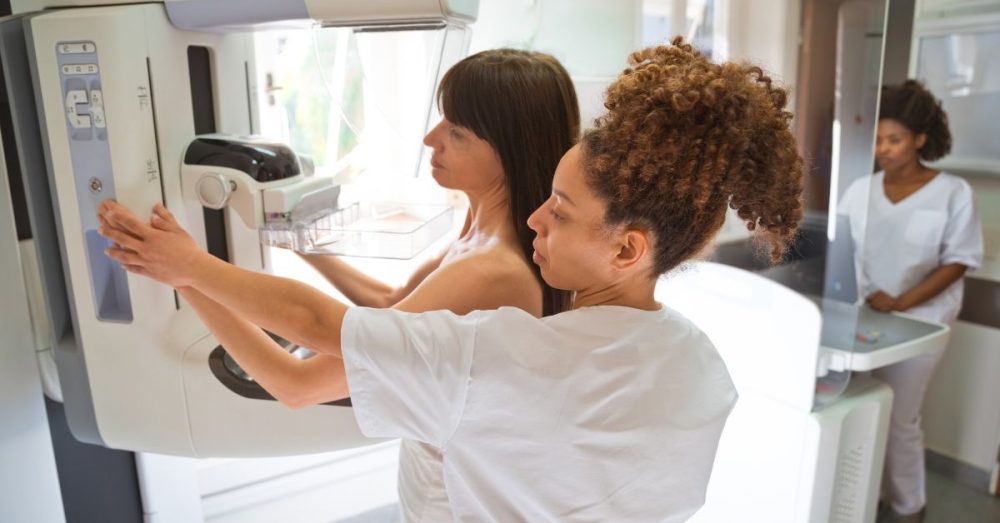Chances are you or someone you know has had a mammogram that came back with the notice of “dense breast tissue.”
Almost 50% of women aged 40 and above have dense breast tissue, reported the National Cancer Institute. A common message they receive is that this raises their cancer risk. However, they are not given information regarding what this actually means or what steps they could or should be taking to prevent breast cancer.
“Breast cancer is the second most common cancer and the second most common cause of cancer death for women in the United States,” per the U.S. Preventative Services Task Force.
Many reports would be given to women that would say, “‘You have dense breasts,’ but nothing else – so they had no idea what to do, what it meant for them, and just created a lot of confusion and anxiety,” said Molly Guthrie, vice president of policy and advocacy at the Susan G. Komen Breast Cancer Foundation, per NPR.
That is, until now.
The Final Rule to Amend the Mammography Quality Standards Act (MQSA) is a new mandate approved by the Federal Food and Drug Administration (FDA). Requirements associated with the MSQSA became effective on September 10 and ensure that patients with dense breasts will now receive increased guidance regarding their risks following a mammogram.
Now, instead of just relaying to patients that they have dense breast tissue, breast density will be classified and communicated to the patient in one of the four ways, per the FDA, with an explanation of risks associated with each level:
- “The breasts are almost entirely fatty.”
- “There are scattered areas of fibroglandular density.”
- “The breasts are heterogeneously dense, which may obscure small masses.”
- “The breasts are extremely dense, which lowers the sensitivity of mammography.”
“We know through research that women with dense breasts are 4 to 5 times more likely to get breast cancer than women without dense breasts,” added Guthrie, per NPR.
Having dense breasts is not considered abnormal or diseased, but it can affect the effectiveness of mammograms. Women with dense breast tissue are more likely to have cancer missed during mammography, leading to the need for more frequent additional testing compared to women with less dense, fatty breasts, reported the National Cancer Institute.
It is recommended that women begin undergoing breast cancer screening at the age of 40 and continue to do so every two years until they reach the age of 74, per the U.S. Preventive Services Task Force, published in the Journal of the American Medical Association. “The use of the term women in this recommendation includes cisgender women and other people assigned female at birth,” states the task force.
“Black women are 40 percent more likely to die of breast cancer than White women and too often get deadly cancers at younger ages. Ensuring Black women start screening at age 40 is an important first step, yet it is not enough to improve the existing inequities,” stressed the task force.


